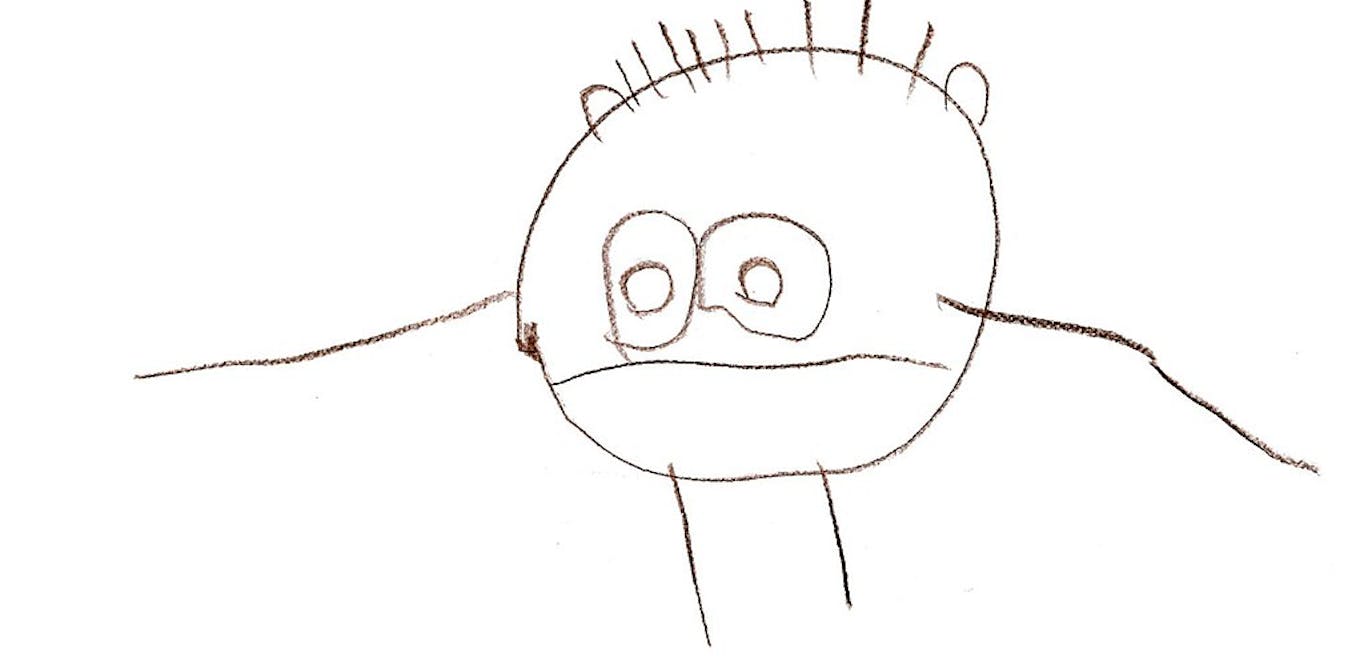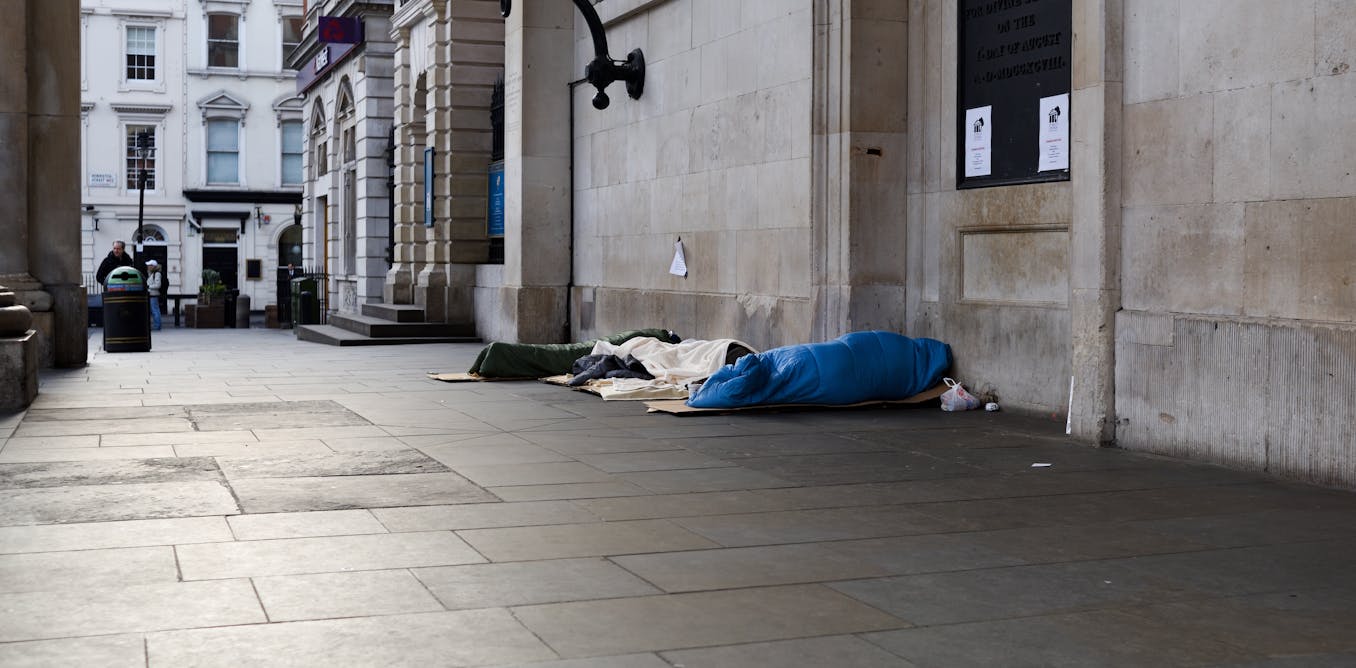Despite being the country’s fourth most-populated city, Houston is in many ways a very well-kept secret when it comes to its art scene. What outsiders often misunderstand as a lack of culture here is rather a lack of a centralized culture. With a kind of schizophrenic miasma, its seemingly endless snarl of concrete and shopping centers and no-zoning laws lend the metropolis a simultaneous feeling of culture-less sprawl while also brimming with a sincere, can-do spirit for limitless possibilities. The humility, sincerity, and enthusiasm of its people, one of the most diverse populaces in the US, is what makes it special.
It is this ethos that the Contemporary Arts Museum Houston carries in its veins. Established in 1948, the CAMH recently celebrated its 75th anniversary with the exhibition “Six Scenes From Our Future” (October 2023–March 2024). Senior curator Rebecca Matalon and curator Patricia Restrepo invited six artists to respond to CAMH’s first-ever exhibition “This is Contemporary Art,” which aimed how people could live with contemporary, boldly placing artworks alongside furniture, design, and architectural elements. Those artists—Jill Magid, Leslie Martinez, Mel Chin, Leslie Hewitt, Lisa Lapinski, and JooYoung Choi—all have a relationship to Houston or CAM Houston, and the work on view continued the inaugural presentation’s legacy of dissolving artistic categories.
Founded as the Contemporary Arts Association by six local artists and architects as a sort of artist cooperative, the organization aimed to bring the contemporary arts to Houston and imbricate the city with a richer, more sophisticated art community. Because CAA didn’t have a space back then, “This is Contemporary Art”was actually staged at the Museum of Fine Arts Houston.
“Shortly after it was founded there were 200 plus members,” Matalon said of CAMH’s early days. “You paid [dues] and you exhibited your work through your membership and, of course, as the institution evolved, and the understanding that Houston really needed a space for contemporary art, its mission also shifted.”
The museum soon moved a semi-permanent location near downtown Houston and later to its current home, the iconic, stainless-steel parallelogram designed by Latvian architect Gunnar Birkerts, in the Museum District. And soon, it will likely grow once more as the museum eyes a potential expansion. Through it all, CAMH has long been served as a visionary agent in defining Houston’s cultural landscape.
“It’s always been a kind of really radical and experimental institution in its support for women artists and artists of color early on, its support of artists working across disciplines and media,” Matalon said. “CAMH has really been a site of radical experimentation and play.”

Indeed, the CAMH’s inauguration situated itself on the precipice of an art historical tectonic shift: post–World War II America. While situated firmly during the height of Abstract Expressionism, both the curation of “This is Contemporary Art” and the tenor of its exhibition catalogue felt very proto-Pop in how the exhibition could show Houstonians how the art on view might also fit within their daily lives.
To accomplish this, the exhibition exhibited modern art alongside other genres, such as graphic design, interior design, craft, and even household objects in a way that, for its time, was innovative. Among the artists and designers included were Georges Braque, Alexander Calder, Mary Callery, Stuart Davis, Charles Eames, Walter Gropius and Marcel Breuer, Wassily Kandinsky, Knoll, Jacob Lawrence, Fernand Léger, John Marin, Joan Miró, Henry Moore, Edward Weston, and Frank Lloyd Wright.
“The strategies used in the inaugural exhibition were happening elsewhere,” Matalon said. “The ways that there was this kind of synergy between commercial and museological design in terms of how objects were being shown. There wasn’t anything like that happening here [in Houston].”

As the decades passed and CAMH grew in scope, ideas around what constituted the notion of “contemporary art” evolved as well, changing its policy in the 1990s to exhibit work made within the last 40 years. In recent years, the museum has also mounted a number of landmark exhibitions, including “Radical Presence: Black Performance in Contemporary Art,” which opened in 2012 and then traveled the country, and “Stonewall 50.”
January 2020 brought a new executive director, Hesse McGraw, who understood “the way that CAMH needed to shift in relationship to our current moment in relationship to [the] manifold crises of the pandemic including the death of George Floyd and the urgency with which we needed to respond to different kinds of social, political crises,” Matalon said.

In “Six Scenes,” two artists, JooYoung Choi and Leslie Hewitt, look back at the history of the CAMH within the larger sociological climate of the late ’40s. In Choi’s research for the show, she discovered troubling revelations about the inaugural exhibition’s racist past: “I wanted to know about that first show and who was allowed to be at that first show, she said. “And so, that’s where my research came in about the fact that the first show for the CAMH was segregated, and Jacob Lawrence, who’s one of my favorite artists, had work in that show, and would have not been able to go to the opening.”
In a puppetry installation and video work, Choi thinks through these painful aspects of CAMH’s racial history. Her 2023 video, Pleasure Vision and VFC Intergalactic Presents—Great Moments in Cosmic Womb, re-creates “the eight-year-old version of me,” she said. “That’s the ‘pure being’ version of me…completely in flow and just loves what she’s doing—the little girl who’s sitting and doing watercolors ’til the sun goes down, and they have to tell her to come inside.” The childlike wonder in the work acts as a way to disarm the viewer and enable them to confront the more difficult realities of racism and other forms of bigotry she discusses in the work, as radically diverse characters coexist, thrive, and fight for freedom in Choi’s paracosmic world.

Hewitt’s research led her to John S. Chase, the first African American licensed architect in Texas. “Thinking of this collapse in design and architecture and ‘fine art,’ there was already a vested interest in that art can promise something that wasn’t already being delivered to society,” she said. That led her to a series of questions: “How can I connect the dots? What other view can I bring? What does it mean for this institution to look back at its past?”
Hewitt, who collaborated with artist Iman Raad in the graphic design piece Forty Four Fifty Fifty Four Sixty Eight (2023), conjoined the text of seminal civil rights court cases of the time—particularly Sweatt vs. Painter, which granted Chase admittance to the University of Texas School of Architecture—with the residential floor plan Chase used to design his own home to create an abstracted architectural layout. The work culminated as a stack of posters on the floor that visitors could take home, à la Felix Gonzalez-Torres.
Architecture also features in another of Hewitt’s contributions to the exhibition, two untitled works that re-create the original measurements of the walls at the MFA Houston that hosted “This is Contemporary Art.” Hewitt sees this architecture as part of the institution’s metadata. “It’s a haunting—the past has a resonance,” she said.

So, what comes next for the CAMH? “We’re at the beginning stages of a potential future expansion that will position the museum to have a greater impact in our city and within our community,” McGraw, CAMH’s director, said in a recent phone interview. “We’re at the beginning of planning for what the most impactful design of our campus would be in the future.”
As part of this expansion, the museum has acquired several adjacent properties along Bayard Street, which, McGraw said, “was an effort that really was 40 years in the making—it happened very quickly, within the last nine months.”
As of now, how this expansion will manifest remains unclear, although CAMH “will engage a Community Advisory Committee to ensure the project’s vision and goals are informed by the representatives’ expertise and values—and aligned with the shared aspirations of the community,” according to a press release.
Will the CAMH’s ideas around contemporary art—especially with its imminent expansion—shift within the next 25 or 50 years? Matalon postulated: “The contemporary is contextual.”

The post “After More Than 75 Years, Contemporary Arts Museum Houston Eyes Its Future with an Expansion” by Maximilíano Durón was published on 06/07/2024 by www.artnews.com




































